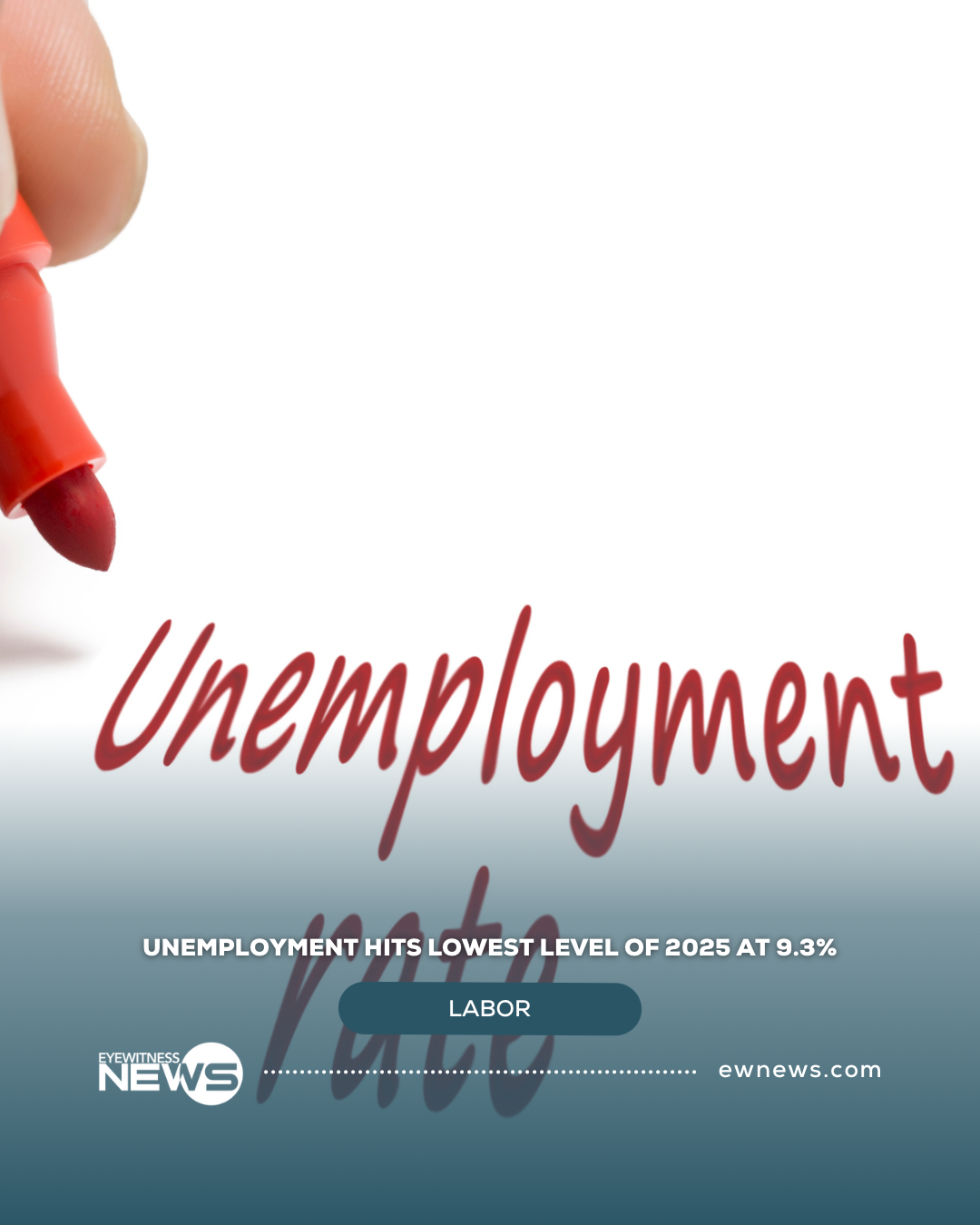NASSAU, BAHAMAS – Unemployment in The Bahamas has fallen to 9.3 percent, the lowest level so far this year, as new data from the Bahamas National Statistical Institute (BNSI) shows thousands more Bahamians finding work between April and June.
According to the BNSI’s latest Labour Force Survey, 218,620 people were employed in the second quarter of 2025, an increase of 3,895 compared to the first quarter. The overall Labour Force grew slightly to 241,090, while the labour force participation rate rose to 76.7 percent.
The strongest job gains came from construction, community and personal services, retail and wholesale, and the hospitality sector. Construction recorded a 17 percent jump, adding nearly 3,000 workers. Hotels and restaurants also saw a 3 percent increase as tourism activity held steady. Across occupations, the largest rise was among Elementary Occupations, which grew by 25 percent. Employment among craft workers, machine operators, and assemblers increased by more than 9 percent, while skilled agriculture and fishery workers registered a 7 percent increase.
The BNSI notes that 59 percent of the Labour Force completed secondary school, while 21 percent hold a bachelor’s degree or higher. About 27 percent reported having no formal qualifications. Men continue to participate in the labour market at higher rates than women, 80.7 percent compared to 72.4 percent. Nearly two-thirds of employed persons work in the private sector, while 20 percent are employed by the government or quasi-government agencies and 12 percent are independent workers without employees.
The number of unemployed persons fell sharply to 22,470, a decrease of 3,455 compared to the previous quarter. Male unemployment dropped to 10,690, while female unemployment fell to 11,780. Youth unemployment remains elevated at 20.3 percent but still declined slightly compared to the first quarter.
The number of discouraged workers, persons available to work but not actively seeking due to limited job prospects, dropped significantly to 2,270, representing a 64 percent decline.
Under international standards set by the International Labour Organization (ILO), a person is considered unemployed if they did not work during the survey reference week, actively sought work within the previous four weeks, and were able and willing to start work within the next four weeks.
The BNSI will continue to monitor labour market trends as the country moves through the remainder of 2025, with the next report covering July to September.






